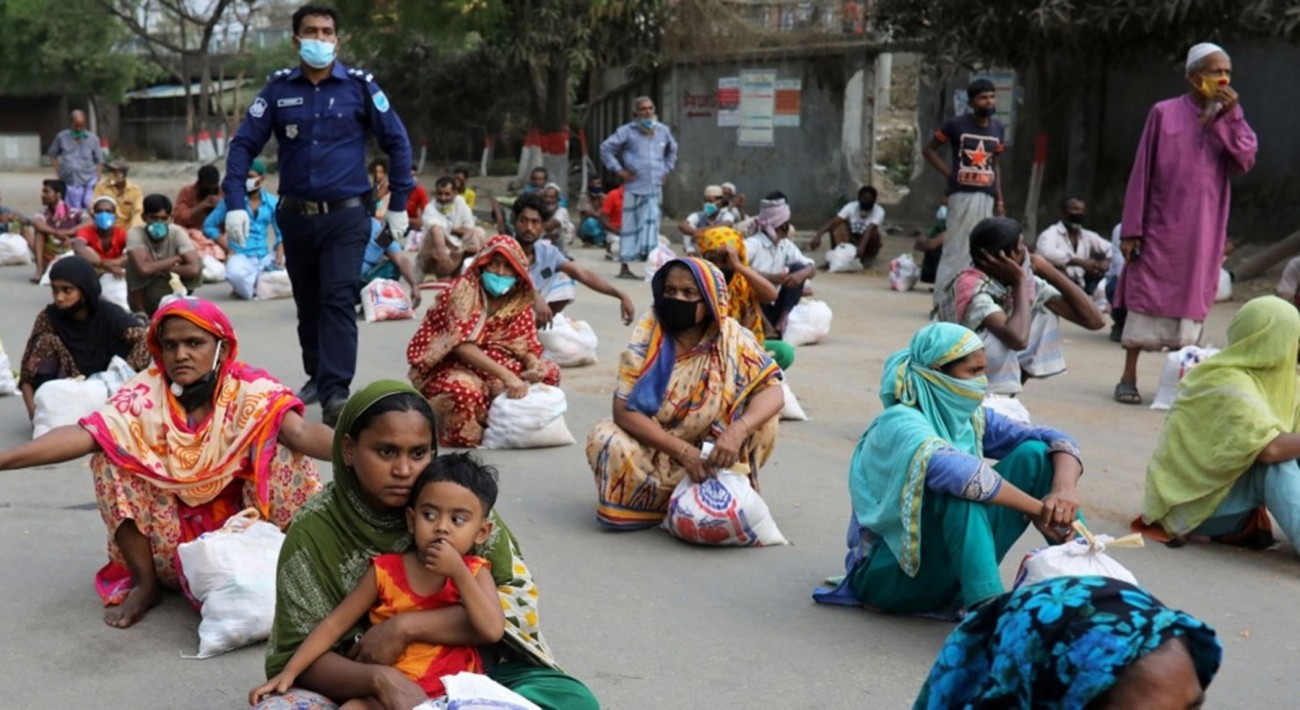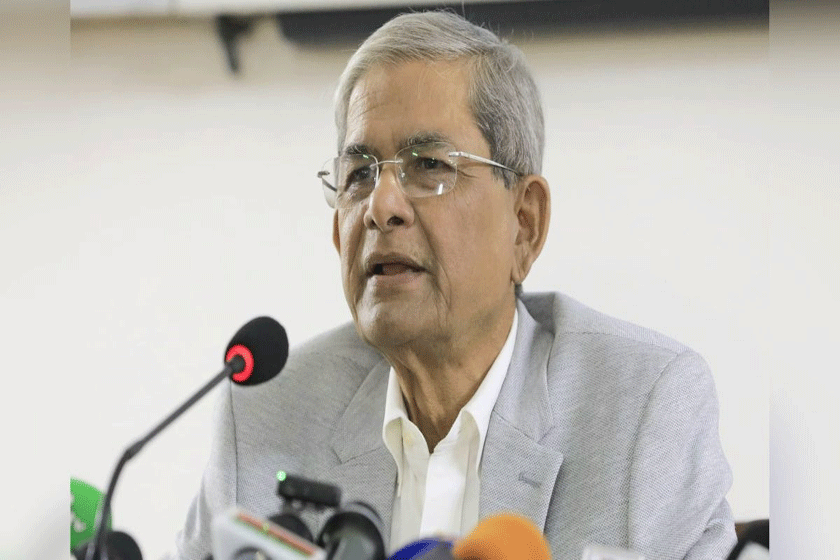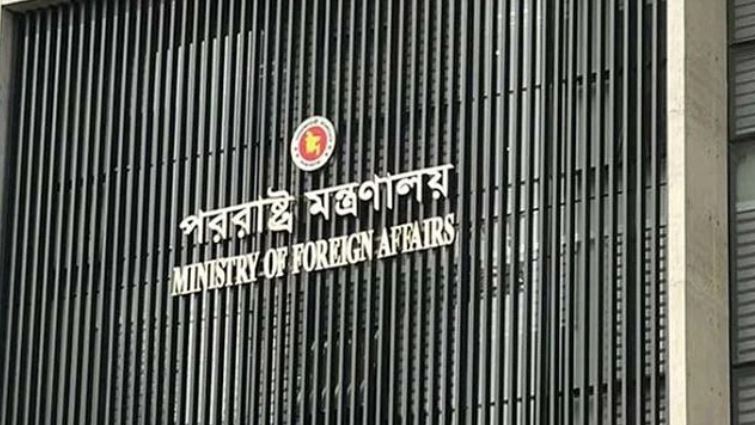
A report by the Food Ministry on Tuesday showed that government could finally deliver only 2.18 million tons of food grains up until June 21. COURTESY
In a financial year that saw the poor and the new poor enduring pandemic-induced food price shocks, government faltered in attaining its target to reach out the dole to the vulnerable under the public food distribution system (PFDS).
At the beginning of FY2020-21, government had aimed at distributing 3.14 million tons of food grains under various food-aid programs under PFDS but at the fag end of this fiscal, it barely attained 70 percent.
A report by the Food Ministry on Tuesday showed that government could finally deliver only 2.18 million tons of food grains up until June 21.
According to the official report, even the last fiscal’s (2019-20) food distribution under the PFDS was much higher than this fiscal’s one.
Against a distribution target of 3.06 million tons in FY2019-20, government managed to distribute 2.78 million tons (nearly 91 percent attainment).
With only a week left to end this fiscal (2020-21), government could attain only 69.55 percent of its targeted PFDS food distribution this time.
Usually, the poor, who live below poverty-line, and the vulnerable, hit by various natural calamities, get benefited from food grains that the government channel under PFDS through various programs i.e., open market sale (OMS), Fair Price Program (rice at Tk10 per kg), food for work (FFW), vulnerable group development (VGD), test relief (TR) etc.
Food grains channeled under PFDS usually help generate some employment opportunities for the poor people in the rural area and also help rural poor, landless, farm labourers, day labourers and the disabled people get low-priced food during lean periods.
What led to this situation?
According to official sources, government’s food distribution volumes under OMS, Fair Price Program, and VGD were not lesser in the current fiscal comparing to those in last financial year but, food distribution under the FFW scheme witnessed a significant fall.
They attributed lack of administrative efforts, the pandemic and shortage of food reserve in public granaries for such drop in PFDS food distribution in 2020-21.
Food ministry officials confirmed Dhaka Tribune that up until early last month, the food stock in government’s hand was little over half a million tons whereas, a minimum food safety threshold is one million tons. As a result, government was much conservative in releasing foodgrains under different PFDS programs.
Thanks to over 1.3 million tons of rice imports, both under public and private sectors, in recent months, coinciding with an ongoing domestic rice procurement season, the food department has managed to replenish its silos – that’s filled with over 1.2 million foodgrains now.
Poor in price shock
According to the state-run Trading Corporation of Bangladesh (TCB), prices of medium to fine varieties of rice in Dhaka markets saw five to eight percent rise between May and June this year.
This price rise continues at a time when government kept open import at less duty and a new harvest from a major domestic rice season has just completed.
Speaking at an event on boosting the government’s Boro rice procurement on Monday, Food Minister Sadhan Chandra Majumder asked officials to open an investigation to find out the reasons behind the unusual hike of rice prices despite a bumper Boro yield this year.
The minister’s directive comes at a time when the United Nation’s Food and Agricultural Organization (FAO) has also recently reported of world witnessing high food price.
Market sources say, the poor and the new poor are at the receiving end of such price shocks amidst a protracted Covid-19 pandemic.
Government, on its part, gave a cash support of Tk2,500 each to some 3.5 million poor beneficiaries and was ready to do so for additional numbers of poor but, administrative inefficiencies, grafts and systemic flaws in properly listing more beneficiaries hindered that process.












0 Comments